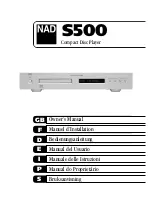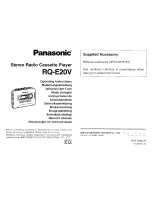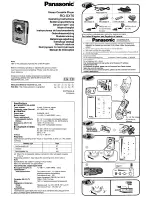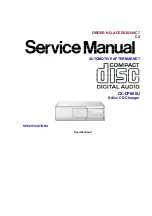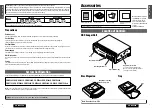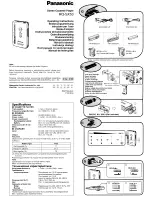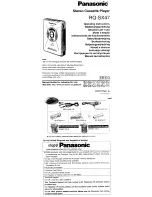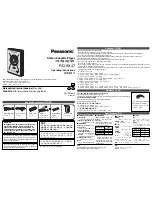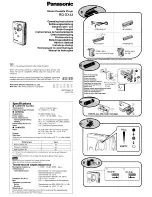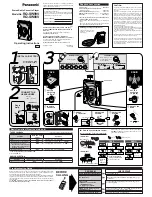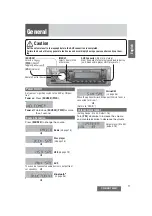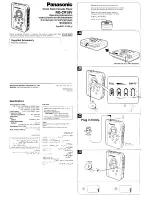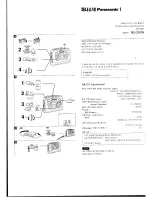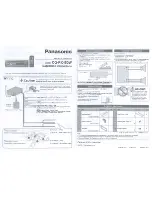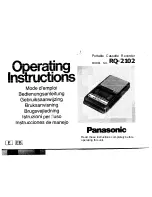
5. Quick startup guide
The device may be used for installations in dry locations.
1.
Connect your speakers
(4-8 Ohms)
to the Streaming Player’s loudspeakers outputs
2.
Connect Ethernet cable to LAN port (make sure the cable is interconnected with your
local network)
3.
Plug USB drive with music files in MP3, WAV, AAC, WMA, FLAC.
4.
Connect power supply to Streaming Player (power supply’s red pole to +24V, black –
GND.
5.
To check if the wiring is done well, you can run any music file on your iPhone/iPOD and
Share it to play on remote Airplay device (
amatilinea
).
6.
Streaming Player is setup as DHCP-client. It uses Zero-config utility is called "Bonjour"
by Apple which enables automatic discovery of computers, devices, and services on IP
networks. iPod, iPhone have this utility pre-installed. For iPad use utility called
Discovery
(the server will be discovered in the service ROAP). On Windows 7 computer
you can see the Player as Network share with name
amatilinea
, right click on it,
Properties and you will see its IP address. Or you can simply check your DHCP server’s
lease
list
to
find
assigned
IP
to
Streaming
Player.
More
see
here:
http://openrb.com/discover-ip-of-logic-machine-or-streaming-player/
7.
Enter Streaming Player’s home page by typing IP address in your web browser.
8.
DLNA/UPnP/Airplay services are enabled by default in the Streaming Player’s
Quick
setup
9.
Add additional music sources if any in the Streaming Player’s
Quick setup
Services
FTP mountpoints
10.
Depending on count of music files the device will update its local database in
Audio
Player
menu and you can start playing songs there
11.
Connect by remote user interface (also called digital media controllers) from
iPOD/iPhone/iPAD (
MPoD/MPaD
or any UPnP controller apps available as freeware at
App Store like
Kinsky
), Android-based phones (
Droid MPD, Mupeace
), PC (
Ario,
Kinsky
). Choose the server (
amatilinea
or by IP) and start making your playlists,
controlling the music etc. Update player’s database with
Update Database
command
from your remote controller.
It might take some time to do initial database update.


























